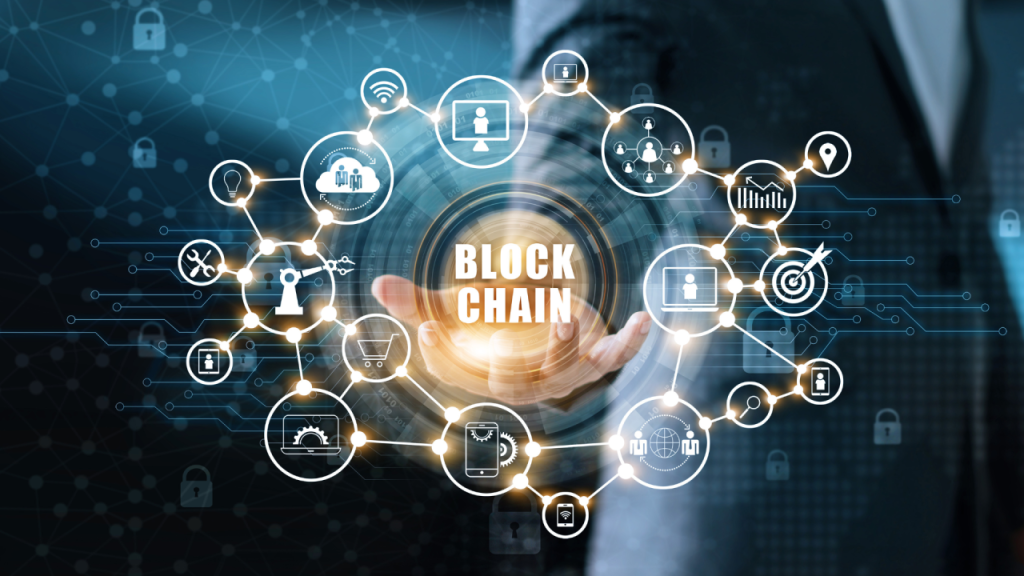In an era marked by technological advancements and increasing concerns about safety, home security systems have become an indispensable tool for protecting our loved ones and properties. These systems offer a range of features designed to deter intruders, detect emergencies, and provide peace of mind. Understanding their role in family safety is paramount for creating a secure haven. First and foremost, home security systems serve as a deterrent to potential intruders. The presence of visible security cameras, alarm systems, and signs indicating surveillance can dissuade burglars from targeting your home. Studies have shown that homes without security systems are more likely to be burglarized, emphasizing the importance of this deterrent effect. By investing in a home security system, families signal that their property is not an easy target, thus reducing the risk of break-ins and theft. Moreover, modern home security systems offer sophisticated detection capabilities, alerting homeowners to potential threats in real-time. Motion sensors, door and window sensors, and glass break detectors can detect unauthorized entry, triggering alarms and notifying homeowners or monitoring services.
In the event of a break-in or intrusion attempt, immediate notification allows families to take appropriate action, whether it is contacting authorities or remotely monitoring the situation through mobile apps. Beyond burglary prevention, home security systems in newark nj play a crucial role in safeguarding against other emergencies, such as fires and carbon monoxide leaks. Smoke detectors and carbon monoxide detectors integrated into these systems can quickly detect hazardous conditions and alert occupants, enabling swift evacuation and reducing the risk of injury or loss of life. Early detection is paramount in such situations, and the seamless integration of these sensors with home security systems ensures a rapid response when every second counts. Mobile apps allow homeowners to monitor their properties remotely, receive notifications, and even control various devices from anywhere with an internet connection. Whether adjusting thermostat settings, checking live camera feeds, or remotely locking doors, these features provide unparalleled convenience and peace of mind, especially for busy families on the go.
Additionally, the integration of smart home technology has enhanced the functionality and convenience of home security systems. Furthermore, the evolution of artificial intelligence and machine learning has brought about proactive security measures within home security systems. Advanced algorithms can analyze patterns of activity and identify anomalies, such as unexpected movement or unauthorized access attempts. This proactive approach not only enhances security but also minimizes false alarms, ensuring that homeowners receive alerts only when there is a genuine cause for concern. Home security systems play a multifaceted role in safeguarding families and their homes. From acting as a visible deterrent to providing real-time detection and emergency response capabilities, these systems are essential for creating a secure haven in an uncertain world. By investing in a comprehensive home security solution, families can enjoy greater peace of mind, knowing that their loved ones and possessions are protected around the clock. In an age where safety is paramount, safeguarding your haven with a reliable home security system is a proactive step towards ensuring the well-being of those you hold dear.


